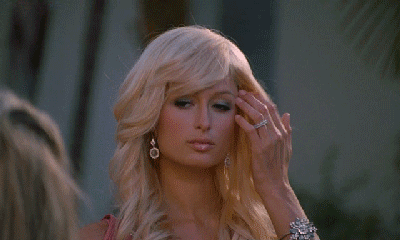Self portraits are tough for a number of reasons; you can’t see yourself
to know how you look until after the fact (tip don’t forget to suck
that gut in). Setup can be more time consuming due to the running back
and forth setting timers. Focus is difficult because again you can’t
see where that focus point is resting and if you are using a timer mode
there is a chance you weren’t in the frame when the camera found
something to focus on.
Tip #1: Bring Something to Focus On
One easy solution to this problem is to bring something to stand in
your place. Height doesn't matter so much as distance, but try to match
it to yourself as best as you can for accuracy. If you have an extra
tripod or light stand, these make perfect substitutes that will stand
upright exactly where you need them. I was out in my yard so I grabbed a
shovel from my shed, stuck it in the ground, focused and then moved the
shovel. Rudimentary, but it worked perfectly.
Tip #2: Capture You
A
self-portrait should be a very personal expression, not simply a mirror
of something you've seen elsewhere. Think about who you want to be and
how you want to say that. Use props, scenery, pose and lighting
conditions to convey your personality. And most of all, have fun!
Tip #: Get Closer
The most common mistake made by
photographers is that they are not physically close enough to their
subjects. In some cases this means that the center of interest—the
subject—is just a speck, too small to have any impact. Even when it is
big enough to be decipherable, it usually carries little meaning.
Viewers can sense when a subject is small because it was supposed to be
and when it's small because the photographer was too shy to get close.
Don't
be shy. If you approach people in the right way, they'll usually be
happy to have their picture made. It's up to you to break the ice and
get them to cooperate. Joke around with them. Tell them why you want to
make the picture. Practice with people you know so that you are
comfortable; people can sense when you aren't.







